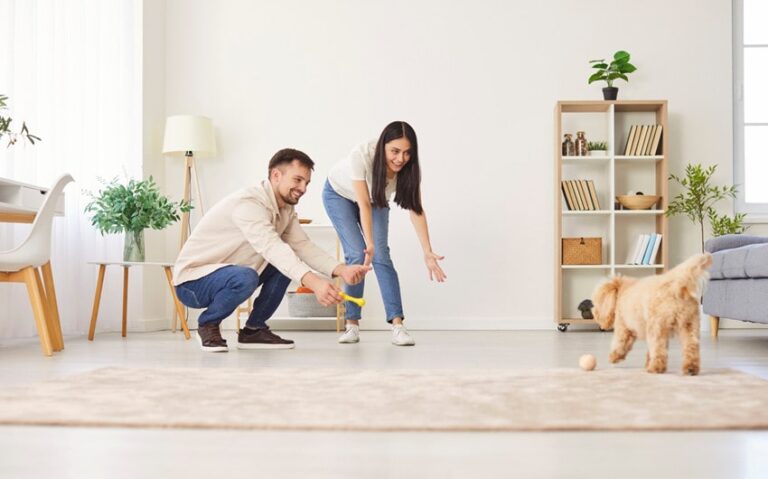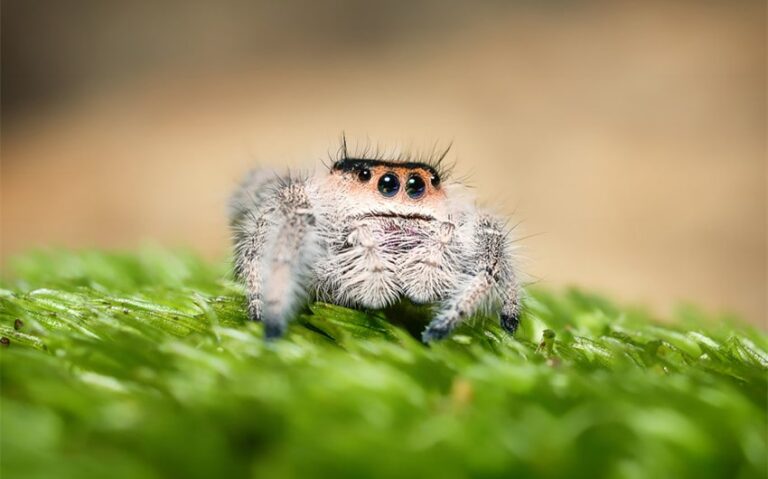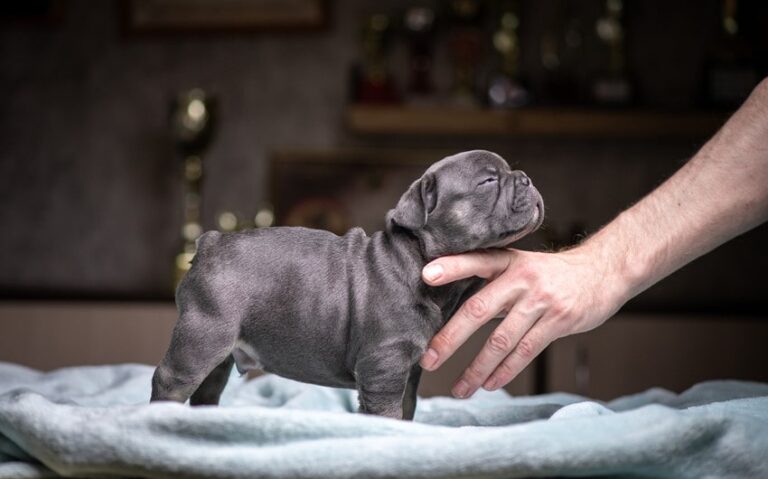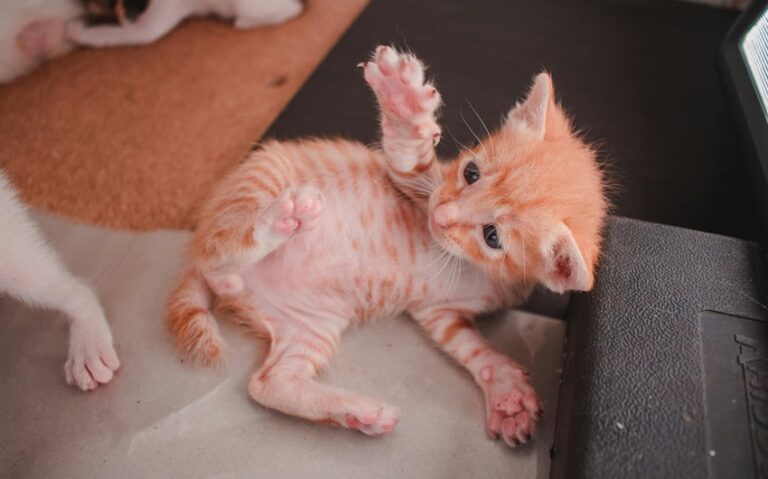Essential Facts About Holland Lop Rabbits You Should Know
The Holland Lop is one of the most beloved rabbit breeds, known for its adorable floppy ears and friendly, playful nature. Whether you’re a first-time rabbit owner or an experienced pet parent, understanding what makes the Holland Lop so special is key to providing the best care.
These small, cuddly companions are not only cute but also full of personality, making them a delightful addition to any home. In this article, we’ll explore the essential facts and care tips you need to know to keep your Holland Lop happy and healthy.
History and Origin
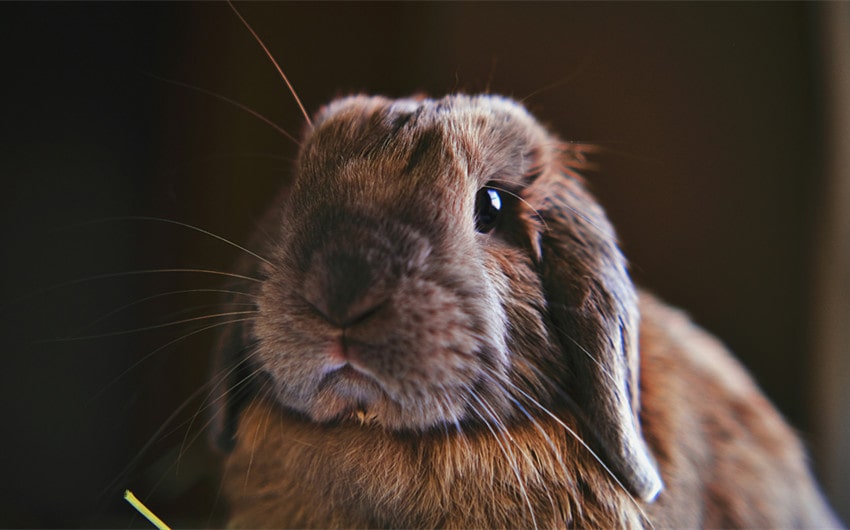
The Holland Lop is a relatively young breed in the world of rabbits, but it has quickly become one of the most popular due to its charming appearance and friendly nature. The breed was first developed in the Netherlands by a Dutch rabbit breeder named Adrian de Cock in the 1950s. De Cock’s goal was to create a small, compact rabbit with the distinctive lop ears that were typically seen in much larger breeds.
The Beginning of the Breed
Adrian de Cock began his breeding program by crossing the French Lop, a large breed known for its floppy ears, with the Netherland Dwarf, a tiny rabbit breed prized for its small size and compact build. The initial crossbreeding efforts produced rabbits that were larger than de Cock had hoped, so he continued to experiment by introducing English Lops into the breeding program. The English Lop contributed to the development of the signature long, floppy ears while helping to reduce the overall size of the rabbit.
Refining the Breed
Through careful selection and breeding over several years, de Cock was able to stabilize the Holland Lop’s characteristics, achieving the small size and adorable appearance he envisioned. By 1964, the breed was officially recognized in the Netherlands, and its popularity quickly spread throughout Europe. The Holland Lop’s unique combination of a compact body, round face, and long, floppy ears made it an instant favorite among rabbit enthusiasts.
Introduction to the United States
The Holland Lop made its way to the United States in the 1970s, where it was met with enthusiasm by breeders and pet owners alike. The breed was officially recognized by the American Rabbit Breeders Association (ARBA) in 1979. Since then, it has grown to become one of the most popular rabbit breeds in the U.S., cherished for its gentle temperament and manageable size.
Physical Characteristics
The Holland Lop is a distinctive rabbit breed known for its compact size, charming appearance, and signature floppy ears. These physical traits not only contribute to their popularity as pets but also make them stand out in the world of rabbits. Below, we’ll explore the key physical characteristics that define the Holland Lop, including size, coat, colors, and their unique features.
A. Size and Weight
One of the most appealing aspects of the Holland Lop is its small, manageable size, making it ideal for both apartment living and homes with limited space. Adult Holland Lops typically weigh between 2 to 4 pounds, with 3 pounds being the average weight for most rabbits of this breed.
This small size, combined with their sturdy build, makes them easy to handle and care for. Their compact bodies are well-proportioned, with a broad chest and short, muscular legs that contribute to their overall robust and solid appearance. Despite their small stature, Holland Lops are known for their lively and energetic nature, often hopping around with surprising agility and speed.
B. Coat and Colors
The Holland Lop’s coat is another feature that adds to its charm. These rabbits have a dense, soft coat that is smooth to the touch, making them incredibly cuddly and pleasant to handle. The coat is of medium length, requiring regular grooming to keep it clean and free of loose fur, especially during shedding seasons. Holland Lops come in a wide variety of colors and patterns, making each rabbit unique in appearance. The breed is recognized in many different color groups, including:
- Solid Colors: These include black, blue, chocolate, and lilac, each presenting a rich, uniform color across the rabbit’s body.
- Broken Colors: These are patterns where a solid color is interspersed with white, creating a striking contrast. Common broken colors include black and white, brown and white, and orange and white.
- Agouti Patterns: Agouti-colored Holland Lops have a wild-type coloration with bands of different colors on each hair, giving them a natural, earthy appearance. Popular agouti shades include chestnut, opal, and lynx.
- Shaded Colors: These feature darker points on the ears, nose, and feet, with the rest of the body being a lighter color. Common shaded varieties include sable point and Siamese sable.
The variety of colors and patterns available in Holland Lops means there’s a look to suit every preference, whether you prefer a solid, sleek coat or a more complex, multi-colored pattern.
C. Distinctive Features
Ears
Perhaps the most recognizable feature of the Holland Lop is its distinctive floppy ears, which hang down on either side of the head rather than standing upright. These ears, which can grow to about 4-6 inches in length, give the Holland Lop its characteristic sweet and innocent expression. Unlike some other lop-eared breeds, the Holland Lop’s ears are relatively short, adding to their overall compact and rounded appearance. The floppy ears are not just for show; they contribute to the breed’s unique charm and gentle demeanor.
Head
In addition to their floppy ears, Holland Lops have a round, broad head with a short, flat muzzle, which gives them a baby-like appearance even in adulthood. Their large, expressive eyes are set wide apart, enhancing their cute, approachable look. The overall shape of the Holland Lop’s head is often described as “apple-shaped,” adding to their endearing, plush-toy-like appearance.
Body
Another distinctive feature is the breed’s compact and muscular body, which contrasts with their soft, delicate appearance. Their sturdy build gives them a solid feel when held, and they often exhibit a confident, upright posture when sitting. The short, strong legs of the Holland Lop enable them to move quickly and with agility, despite their small size. Their tails are short and fluffy, often tucked close to their bodies, adding to their overall rounded and compact appearance.
Personality and Temperament
The Holland Lop is cherished not only for its adorable appearance but also for its warm and engaging personality. Below is an organized exploration of the key aspects of the Holland Lop’s personality and temperament.
A. General Disposition
Holland Lops are widely recognized for their sweet and affectionate nature. These rabbits are generally calm and easy-going, making them a great fit for households looking for a gentle and well-mannered pet. Despite their relaxed demeanor, Holland Lops are also playful and curious.
They enjoy exploring their environment and interacting with toys, which makes them entertaining and enjoyable to watch. Their intelligence adds to their charm, as they can be trained to perform simple tasks and tricks, further enhancing their interactive nature.
B. Interaction with Humans
One of the most endearing traits of the Holland Lop is its ability to form strong bonds with its human caretakers. These rabbits thrive on attention and often seek out affection from their owners. They enjoy being petted, cuddled, and handled gently, making them particularly well-suited for families with children who understand how to treat animals with care.
Holland Lops are known to follow their owners around, sit on laps, and even snuggle, demonstrating their deep attachment to their human companions. Their ability to communicate through subtle body language, such as purring when content or thumping their hind legs when upset, helps foster a close and responsive relationship between the rabbit and its owner. This makes Holland Lops an excellent choice for those looking for an emotional support animal outside of the standard choice of an ESA dog.
C. Socialization with Other Pets
Holland Lops generally do well with other animals, especially when properly introduced. They often form strong social bonds with other rabbits, engaging in grooming, playing, and resting together. If you plan to introduce a Holland Lop to another rabbit, gradual and supervised introductions in a neutral space are key to ensuring a positive relationship.
Additionally, Holland Lops can coexist with other household pets, such as cats or small dogs, provided that introductions are handled carefully and interactions are closely monitored. While many Holland Lops are confident around other animals, it’s crucial to ensure they are not exposed to any potential aggression or rough play from larger pets.
Care and Maintenance
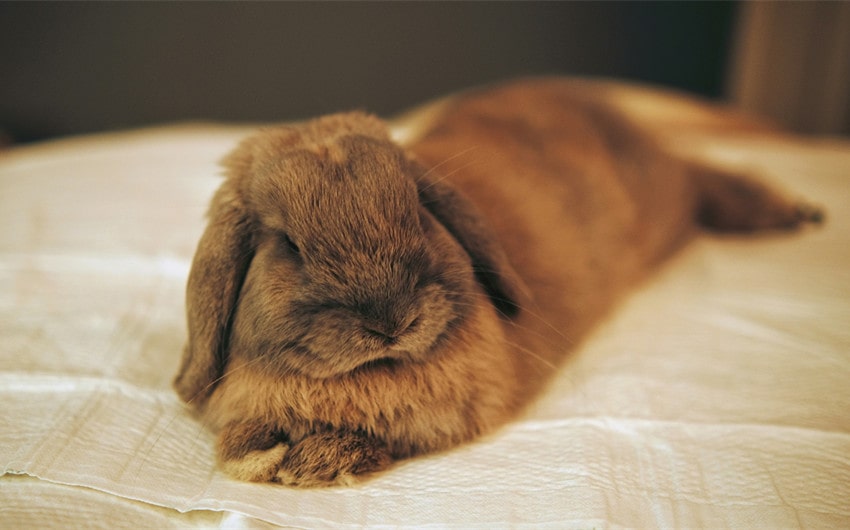
Proper care and maintenance are essential to keeping your Holland Lop healthy, happy, and thriving. These rabbits, with their friendly personalities and adorable appearance, require specific attention to their housing, diet, grooming, and overall health. Below is a detailed guide on how to care for and maintain your Holland Lop.
A. Housing Requirements
1. Cage Size and Setup
Holland Lops may be small, but they need ample space to move around, stretch, and explore. A minimum cage size of 24 x 36 inches is recommended, but larger is always better, especially if your rabbit spends a lot of time in its enclosure. The cage should be tall enough for the rabbit to stand on its hind legs without hitting its head on the top.
Wire-bottomed cages should be avoided as they can cause discomfort and foot injuries; instead, opt for a solid bottom cage lined with soft, absorbent bedding. You can use materials like hay, straw, or paper-based bedding to keep the cage comfortable and clean. The cage should also include a designated area for sleeping, a litter box, and space for food and water dishes.
2. Play and Exercise Space
In addition to their cage, Holland Lops need a safe space to exercise daily. This can be an enclosed room, a secure outdoor area, or a large playpen. Regular exercise is crucial for preventing obesity and promoting mental stimulation.
Ensure the area is rabbit-proofed, free from dangerous items like electrical cords or toxic plants, and includes toys and activities to keep your rabbit engaged. Supervised playtime outside of the cage allows your Holland Lop to explore, stretch its legs, and satisfy its natural curiosity.
3. Environmental Considerations
The environment in which your Holland Lop lives should be kept at a stable, comfortable temperature, ideally between 60°F and 70°F. Rabbits are sensitive to extreme temperatures, so avoid placing their cage in direct sunlight, near drafts, or in areas with high humidity.
The cage and play area should be kept clean to prevent the build-up of waste, which can lead to health issues. Regularly clean the cage, replace bedding, and sanitize food and water dishes to maintain a healthy living environment.
B. Diet and Nutrition
1. Fresh Hay
Hay should make up the majority of your Holland Lop’s diet. It is essential for their digestive health and helps keep their teeth worn down naturally. Timothy hay is an excellent choice, but you can also offer other types like orchard grass or meadow hay for variety. Fresh hay should be available to your rabbit at all times, as it provides the necessary fiber to keep their digestive system functioning properly.
2. Vegetables and Greens
In addition to hay, your Holland Lop should receive a variety of fresh vegetables daily. Leafy greens like romaine lettuce, kale, and dandelion greens are ideal, as they provide essential vitamins and nutrients. Introduce new vegetables gradually to avoid digestive upset, and monitor your rabbit’s reaction to each new food.
Avoid feeding vegetables that are high in oxalates, such as spinach, too frequently. A small amount of fruit can also be offered as an occasional treat, but avoid fruits high in sugar, like bananas and grapes.
3. Pellets
High-quality rabbit pellets can be included in your Holland Lop’s diet but should be given in moderation. Choose pellets that are high in fiber and low in protein and calcium to prevent health issues such as obesity or bladder stones.
An adult Holland Lop should receive about ¼ cup of pellets per day, depending on its size and activity level. Pellets should not be the main component of the diet but rather a supplement to the hay and vegetables.
4. Fresh Water
Access to fresh, clean water is crucial for your rabbit’s health. Water should be provided in a sturdy, tip-proof bowl or a water bottle designed for rabbits. The water should be changed daily, and the container should be cleaned regularly to prevent bacterial growth.
C. Grooming
1. Coat Care
Holland Lops have a dense, soft coat that requires regular grooming to prevent matting and to keep it in good condition. Weekly brushing is typically sufficient to remove loose fur and reduce the risk of hairballs, which can occur if your rabbit ingests too much fur while grooming itself.
During shedding season, which happens a few times a year, more frequent brushing may be necessary to manage the increased amount of loose fur. Use a soft-bristled brush or a grooming glove to gently remove excess fur without irritating your rabbit’s skin.
2. Nail Trimming
Regular nail trimming is essential for your Holland Lop’s health and comfort. Overgrown nails can cause discomfort and lead to issues with mobility. It’s recommended to check your rabbit’s nails every 4-6 weeks and trim them as needed.
Use a pair of small animal nail clippers, and be careful to avoid cutting the quick, the blood vessel inside the nail. If you’re unsure about trimming your rabbit’s nails, a veterinarian or a professional groomer can help.
3. Ear and Eye Care
Given their distinctive floppy ears, Holland Lops are prone to ear infections if their ears are not kept clean. Check their ears regularly for signs of wax build-up, redness, or discharge, and consult a vet if you notice anything unusual.
Additionally, monitor their eyes for signs of irritation or discharge, which could indicate an infection or other health issues. Keeping your rabbit’s living environment clean and free of dust can help prevent these problems.
D. Health Considerations
1. Common Health Issues
Holland Lops are generally healthy rabbits, but they are susceptible to certain health issues. One common problem is dental disease, which can occur if their teeth are not worn down properly through chewing hay. Symptoms include drooling, difficulty eating, and weight loss.
Another concern is gastrointestinal stasis, a condition where the digestive system slows down or stops, which can be life-threatening. Signs include reduced appetite, lack of fecal pellets, and lethargy. Regular veterinary check-ups can help detect and prevent these issues early.
2. Preventative Care
Preventative care is key to keeping your Holland Lop healthy. This includes regular dental checks, vaccinations if recommended by your vet, and routine health exams. Spaying or neutering is also advised, as it can prevent certain cancers and reduce behavioral issues.
Additionally, maintaining a clean living environment, providing a balanced diet, and ensuring your rabbit gets enough exercise will contribute to their overall health and longevity.
3. Recognizing Signs of Illness
It’s important to monitor your Holland Lop for any changes in behavior or physical condition that could indicate illness. Common signs of health problems include loss of appetite, changes in fecal output, lethargy, and unusual behavior such as hiding or aggression.
If you notice any of these symptoms, it’s crucial to seek veterinary care immediately. Early intervention can make a significant difference in the outcome of many health issues.



